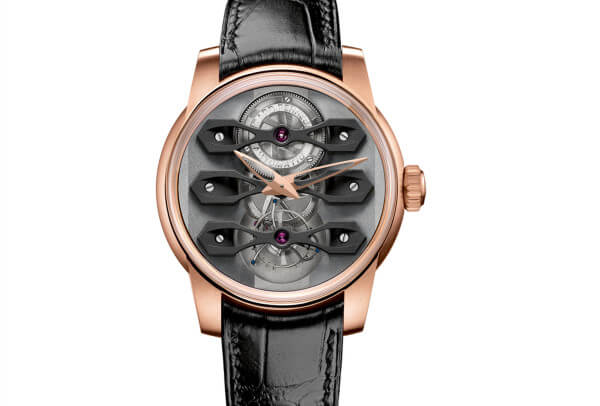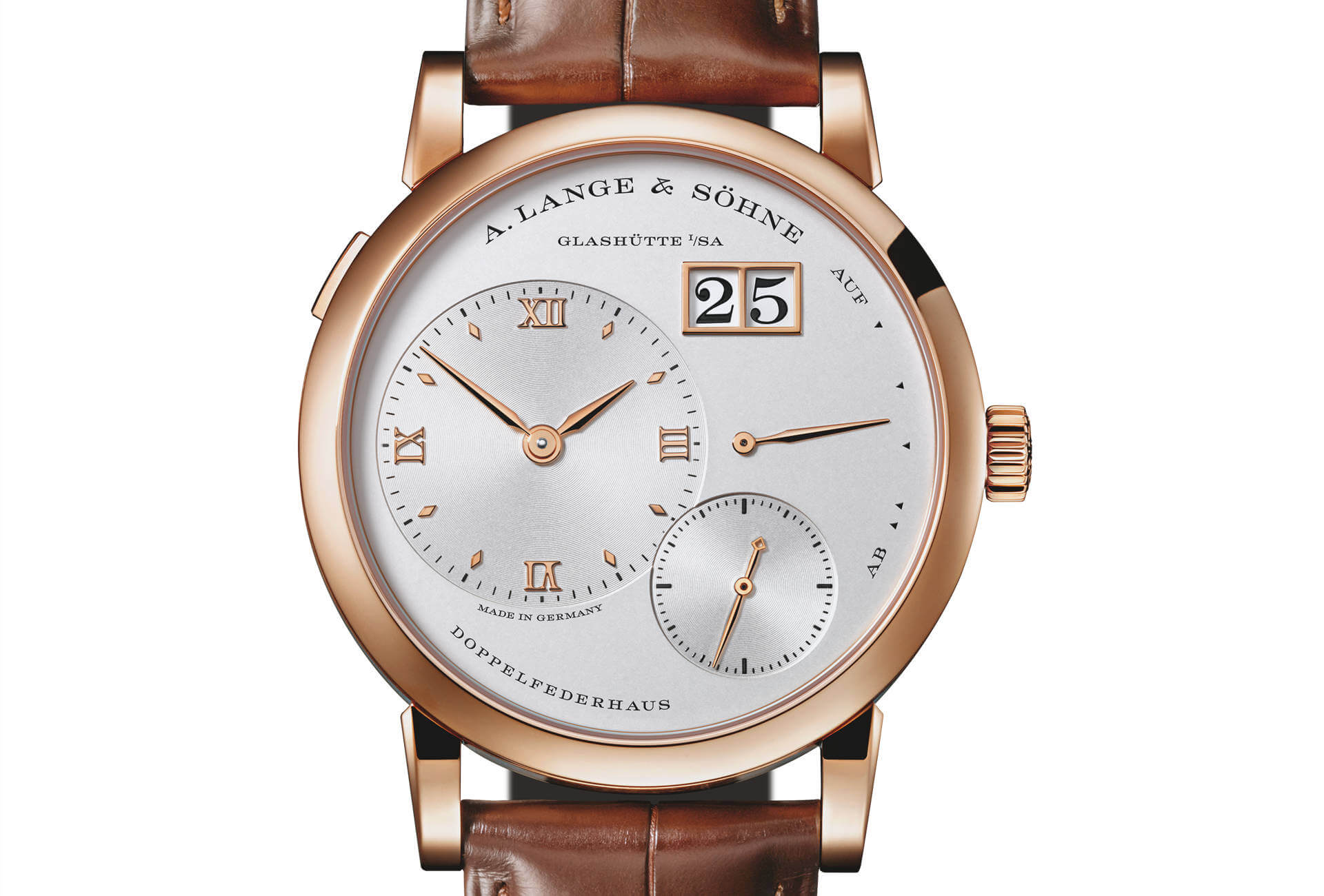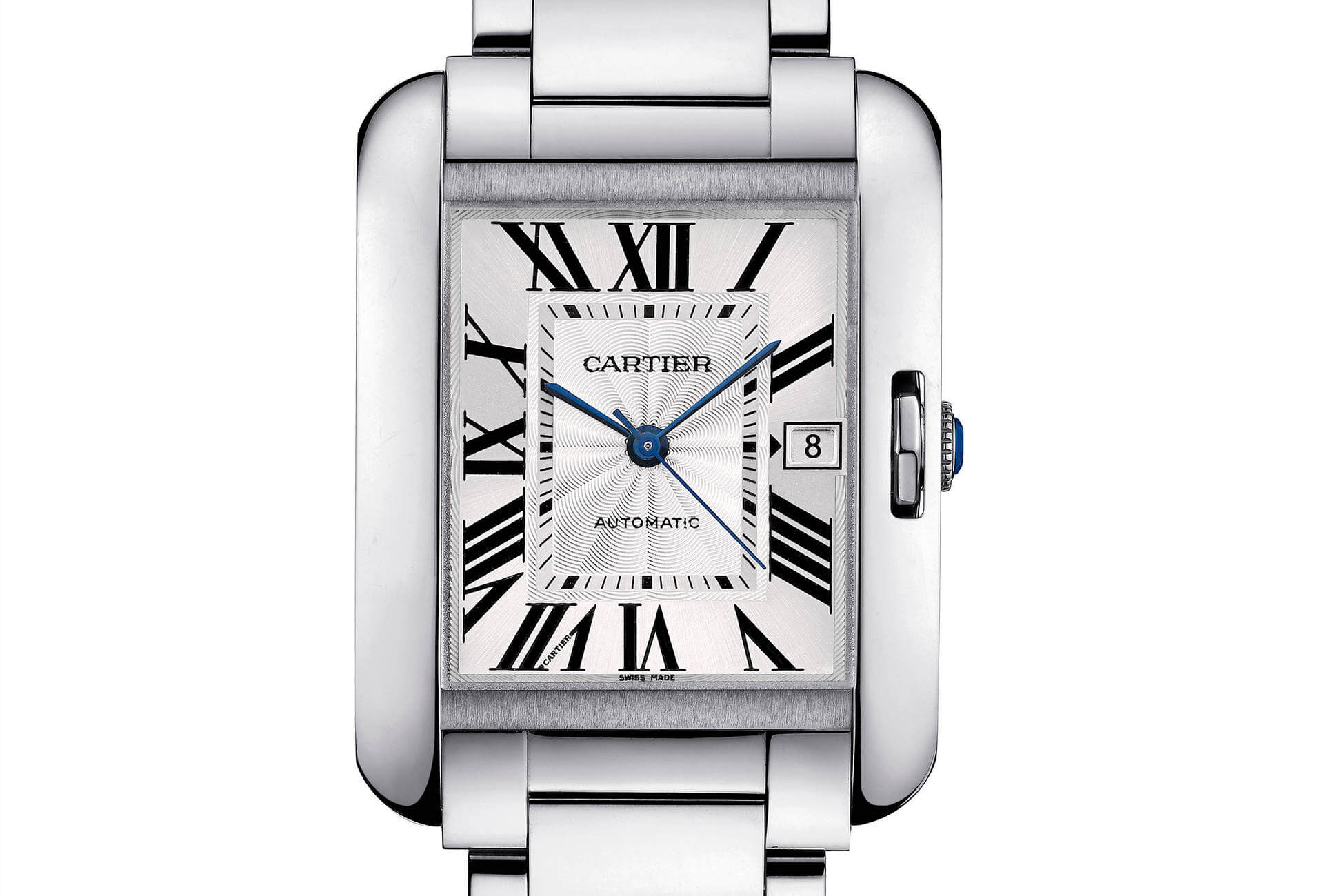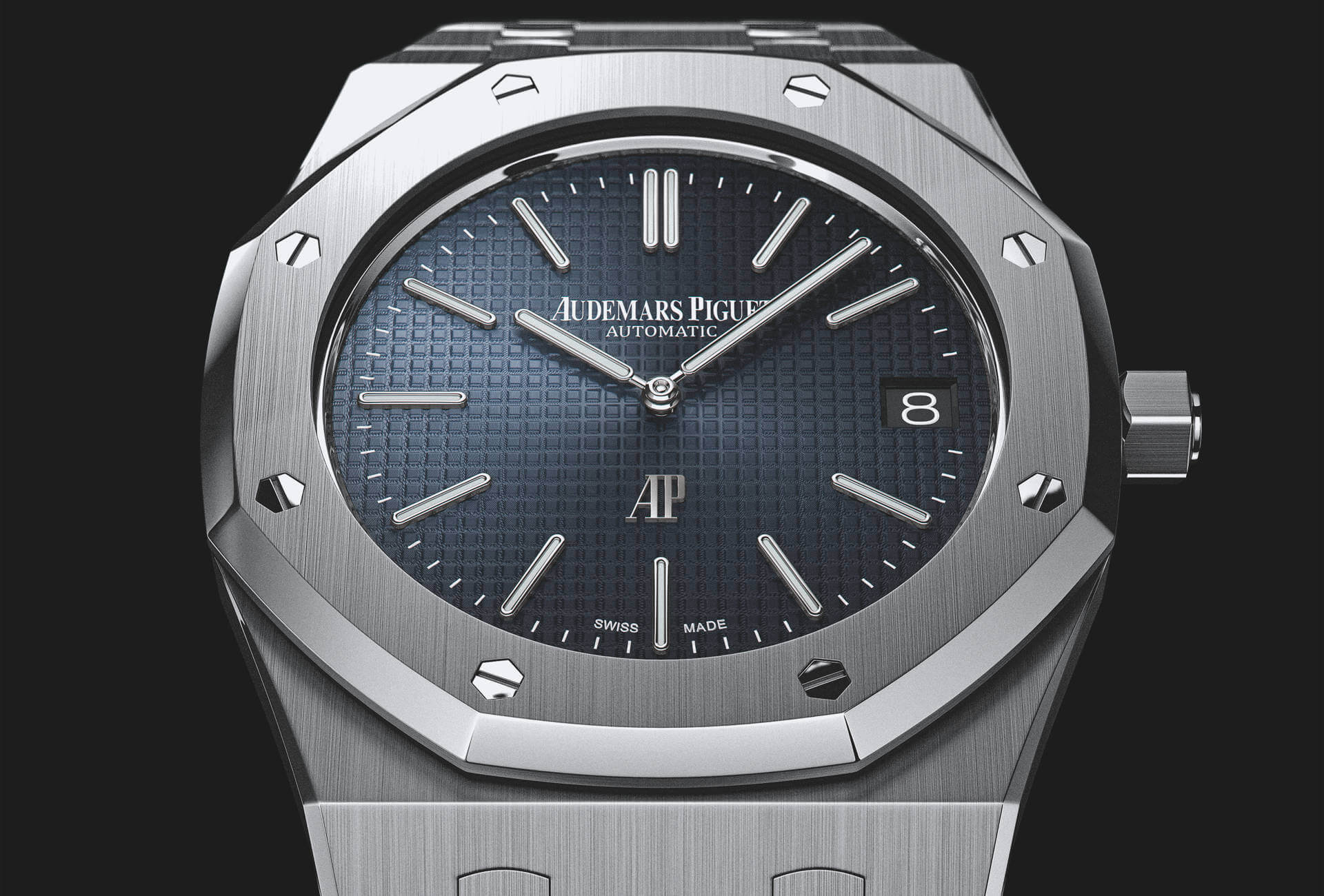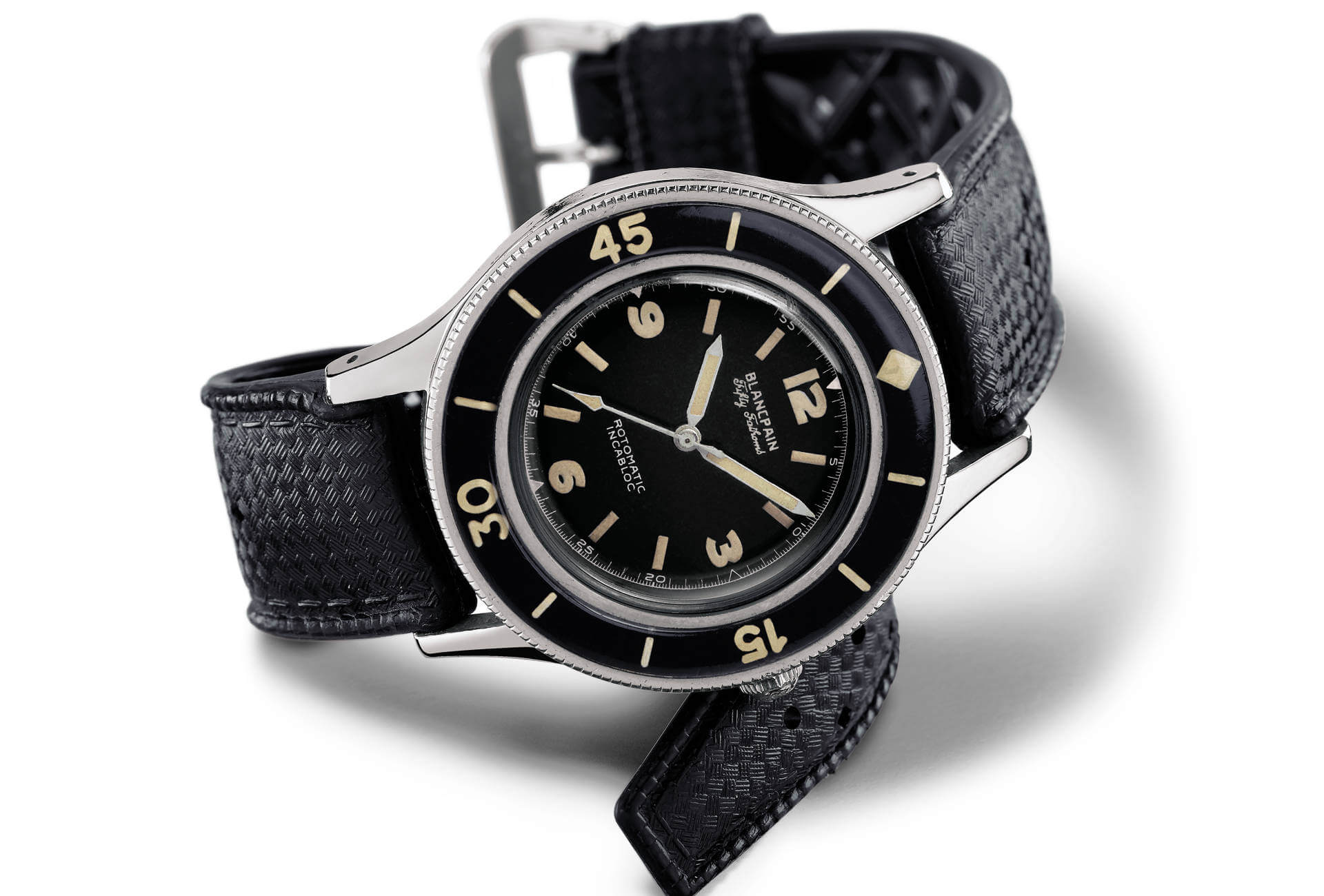Girard-Perregaux has Constant Girard to thank for the creation of the Tourbillon with Three Gold Bridges. It was he who, in 1852, established Girard & Cie, which in 1856, two years after Constant’s marriage to Marie Perregaux, became Girard-Perregaux. The Manufacture in fact traces its history back to 1791 and the watchmaking firm of Bautte, which merged with Girard-Perregaux in 1906.
A singular approach
Originating in the 1860s, Girard-Perregaux’s signature Tourbillon would be Constant Girard’s lifelong pursuit. François Chaille, author of a book about the brand, published in French by Flammarion in 2004, notes how Girard stood apart from other watchmakers who were also producing tourbillons thanks to “an almost overwhelming passion for this extraordinary piece. Not content with its conventional architecture, he would take it to a dazzling degree of beauty and perfection.” It would be many years before anything approaching Girard’s tourbillon would be achieved. Technically without flaw, it was also visually spectacular.
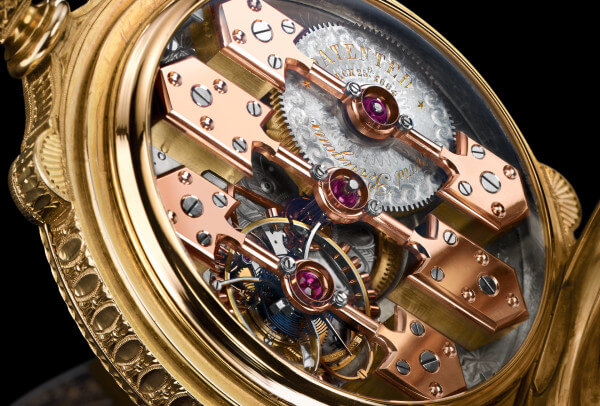
Constant Girard’s tourbillon movements followed the classic construction of a Lépine calibre, invented during the previous century since which time the majority of mechanical watches had used bridges, generally three, instead of a second plate. The difference lay in the overall aesthetic of the movement. Girard, who had established his company in La Chaux-de-Fonds, had found a way to align the barrel, gears and all-important tourbillon under parallel, arrow-tipped bridges, thus creating a supremely elegant equilibrium. Initially, the bridges took the form of simple metal strips. Later versions were crafted from solid gold and the centre almost entirely cut away to reveal the moving parts underneath. The tourbillon was distinctive for its lyre-shaped cage, another emblem of the brand. A patent for the Tourbillon with Three Gold Bridges was registered in 1884; its most famous rendition was awarded a Gold Medal at the Paris Universal Exposition of 1889. Housed inside an intricately engraved pink gold pocket watch case, it took its name, La Esmeralda, from the Paris and Mexico City shops of a famous watch dealer, and went on to become the property of the President of Mexico, General Porfirio Diaz. In 1970, a happy chain of circumstances enabled Girard-Perregaux to buy back this masterpiece which is now part of its museum collection.
Production came to an end in 1911, shortly after Constant Girard’s death. Their revival, a full seventy years later, implied returning to techniques that had fallen into disuse, and manufacturing parts that had long since been taken out of production. François Chaille tells how Denis Schnegg, the watchmaker in charge of the project, was overcome with emotion on hearing the ticking sound of the very first Tourbillon with Three Gold Bridges pocket watch in the series that was made between 1981 and 1982. This reissue marked Girard-Perregaux’s return to mechanical haute horlogerie. In 2010 the brand introduced a new interpretation, which it makes to order. Two covers protect the movement inside its pink gold hunter case. One is decorated with delicate engraving; the other is left blank, waiting for the future owner to choose the embellishment that will make his Tourbillon with Three Gold Bridges truly unique.
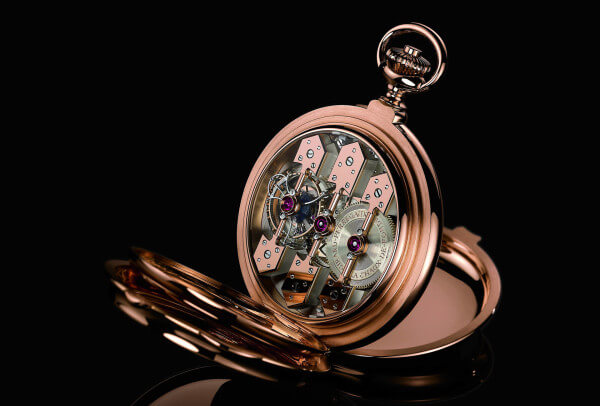
The first wristwatches
The next challenge was to transpose this grande dame to the wrist, a mission again entrusted to Denis Schnegg. The miniaturised mechanism was unveiled to the world in time for the brand’s two-hundredth anniversary in 1991. In addition to the numerous difficulties this reduction in size entailed, the movement architecture had to be modified so that the tourbillon and bridges could take pride of place on the dial side. One more exploit remained, namely to make a Tourbillon with Three Gold Bridges wristwatch with automatic winding, “with no modification to the perfect architecture of the three bridges,” as François Chaille rightly observes. The solution, presented in 1999, took the form of an oscillating weight in platinum. Taking advantage of platinum’s greater density, Girard-Perregaux was able to significantly reduce the size of the rotor and fit it neatly in the limited available space.
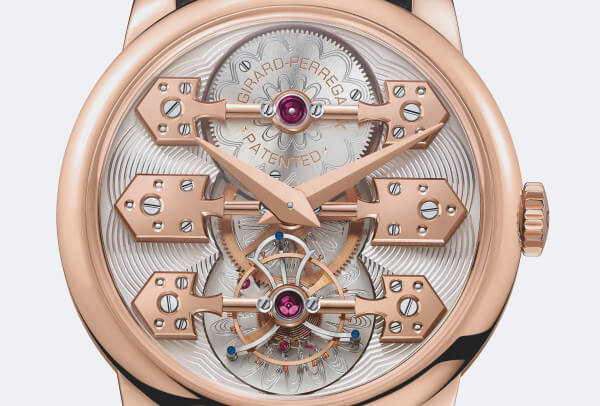
Alongside mechanical developments, thanks to which the collection extends to both manual-winding and automatic models, Girard-Perregaux is at pains to adapt the design, and particularly that of the bridges, to the form and style of men’s and women’s wristwatches. Many different variations have ensued, for the most part limited editions. The bridges are generally of two types: the arrows of the original La Esmeralda, faithfully reproduced in the wristwatch version which the brand released this year for its 225th anniversary, and those of the original tourbillons which returned in 2002 with hollowed centres, inside the rectangular case of the Vintage 1945. The launch in 2014 of the Neo-Tourbillon with Three Bridges (not in gold) paved the way for more disruptive but no less recognisable designs.
